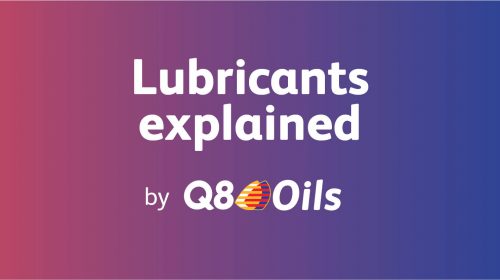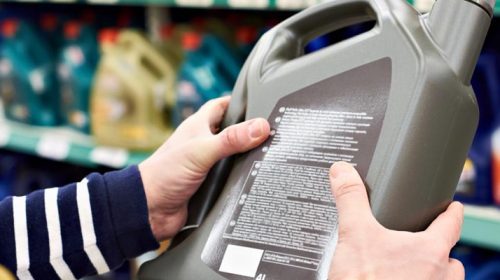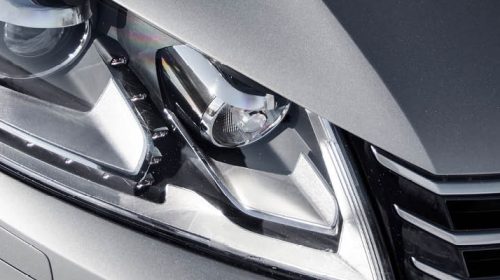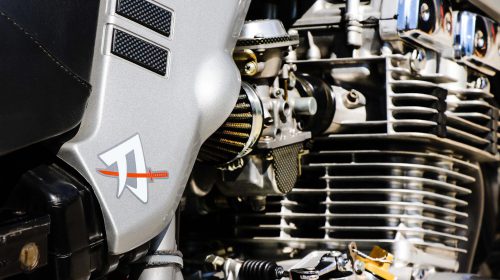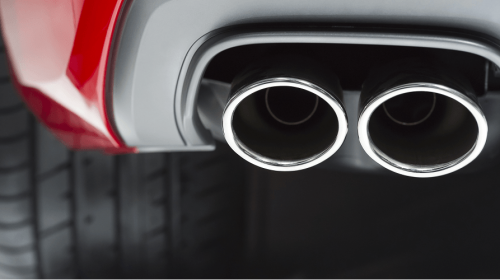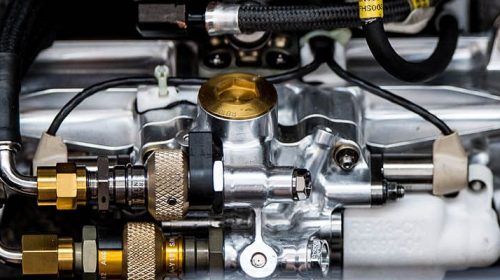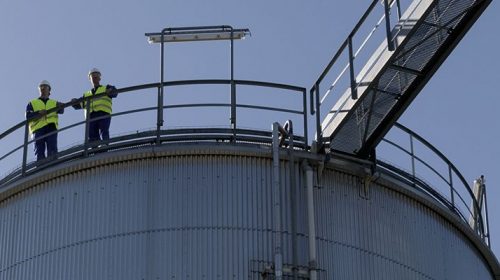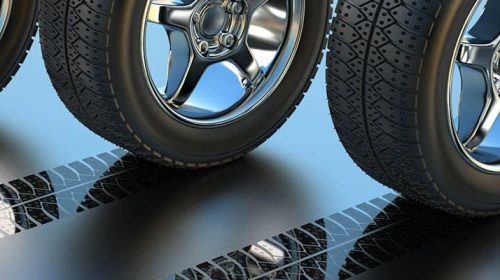ACEA, Association des Constructeurs Européens d’Automobiles, is an organisation of the fifteen most important automobile manufacturers in Europe. They are responsible for, among other things, defining certain specifications and requirements relating to motor oils for passenger vehicles, vans, trucks and buses.
These specifications are called the ACEA Oil sequences; they are updated every few years to ensure new developments in the industry are integrated in a timely manner. And now we have ACEA 2016: the latest legislation.

What does ACEA 2016 contain?
The ACEA sequences introduce important standards within the lubricant sector. The importance and influence of this has now grown beyond Europe, which ensures that the ACEA 2016 update is now a globally important step in the lubricant sector.
ACEA 2016 was published on 1 December 2016, and is mainly revolutionary due to its significant upgrade in terms of performance and quality on passenger vehicles and motor oils for heavy freight diesels. And this upgrade will result in plenty of opportunity for oil producers to offer sufficient differentiation within lubricants.
So what’s new?
The Acea 2016 sequences introduce some updated tests and adjustments:
1. New hardware for the engine
The increased importance of direct injected petrol engines (GDI) and their turbocharged counterparts (TGDI) has resulted in new implications for the lubricants used in passenger vehicles. ACEA 2016 includes two new tests that assess the extent to which the lubricant in the new engines can withstand black sludge and piston deposits.

2. Biofuels
New alternatives for fuel are becoming increasingly important within Europe, in particular, the use of biofuels for heavy goods vehicles. These new fuels can lead to increased oil oxidation, oil degradation, and thickening of the oil. Therefore, ACEA 2016 has introduced two new tests to assess how effective the lubricant in question is against oxidation and the formation of deposits.

3. Fuel efficiency
There is a worldwide effort aimed at improving fuel economy. Therefore, the latest ACEA 2016 introduces the new ACEA C5 category, which contains higher goals to achieve a healthy fuel economy.

4. New sealing materials
Today, modern engines come with new elastomer sealing materials that are in accordance with the European REACH legislation. The ACEA 2016 introduced a new test for this as well.

5. Soot test
This test estimates thickening and deposits due to soot in modern light commercial diesel engines.

6. Consequences for light commercial vehicles: C5 and A1/B1
To keep up with the lower viscosity lubricants trend, ACEA has introduced the C5 category: this permits lubricants with 2.6 to 2.9 HTHS (High Share-Rate viscosity at 150°C). In terms of performance requirements, the C5-16 still matches the C3-16, with the biggest difference being the significantly higher requirements in terms of fuel economy.
The introduction of the C5 caused a recall of all A1/B1 from the new 2016 sequences. This was possible because the A1/B1 requirements, in terms of performance, were completely secured by A5/B5. Furthermore, the 2.6 HTHS lubricants can also be found in the C5.

























